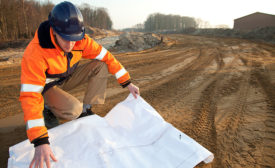News
Five years after reactor meltdown
Huge increase in cancers expected in Japan from Fukushima disaster
March 11, 2016
A NIOSH Science Blog post
Wearable exoskeletons to reduce physical load at work
March 10, 2016
Long work hours linked to higher cardiovascular disease risk
Over a decade or longer, risk increases beyond 45 hours per week
March 9, 2016
Never miss the latest news and trends driving the safety industry
eNewsletter | Website | eMagazine
JOIN TODAYCopyright ©2024. All Rights Reserved BNP Media.
Design, CMS, Hosting & Web Development :: ePublishing








